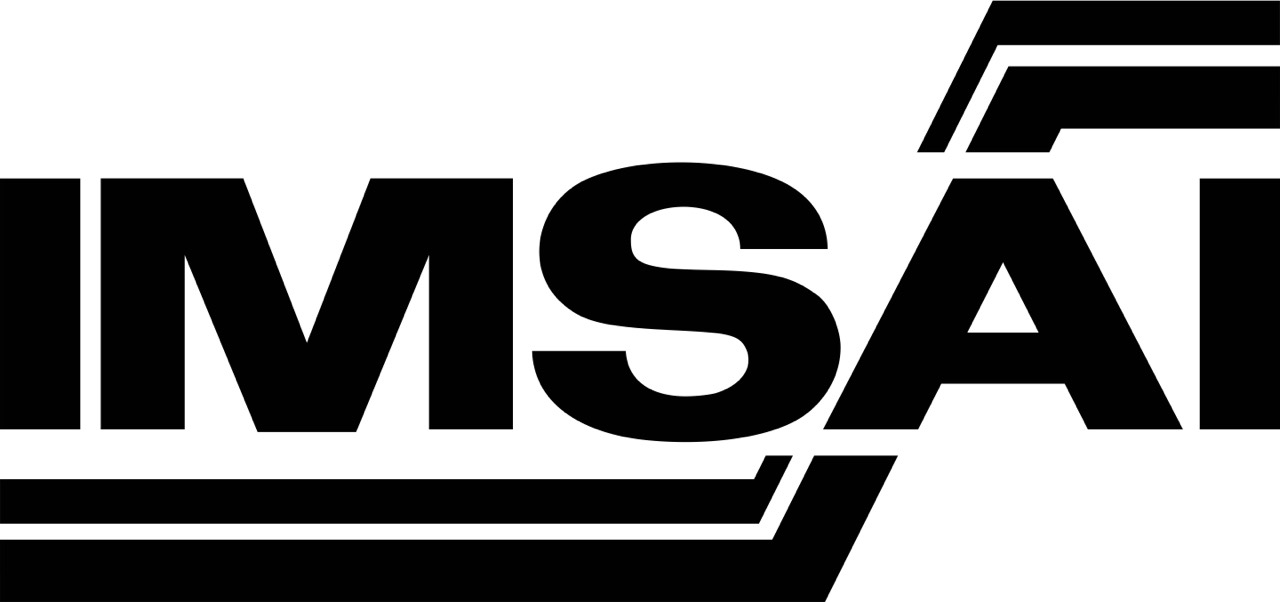
<-- Back to Part 1: Restoration
--> Go to Part 3: Front Panel
History
Last revision of this page: January 25, 2025
First of all, I would like to thank Joe Killian. I am in contact with him by email and he is helping me with this page about the history of IMSAI. The emails can be found under contemporary witnesses. I have his permission to share the content of our correspondence here.
- Name
- Trademark
- The Reason for developing the IMSAI
- Desigations
- Serial Numbers
- The First IMSAI Kits
- The Accusation of Cloning
- Persons
- Locations
- Lawsuits
- History
- ComputerLand
- The Miracle Makers
- Contemporary Witnesses
(Including my email correspondence with Joe Killian.) - EST
- War Games - The Movie
- 1968
- 1973
- 1975
- 1976
- 1979 - Public Auction
- 2002 - The IMSAI Series Two Project
- 2003 - Bruce Van Natta gets Murdered
- 2007
- 2024 - Parastream Awesome
- External Links
- References
Total production of the IMSAI 8080 between 1975 and 1979 is more than 17,000, but probably less than 20,000 units (according to a July 2002 e-mail from Joe Killian). Fischer-Freitas Company produced approximately another 2,200 systems between late 1979 and mid-1986. [4]
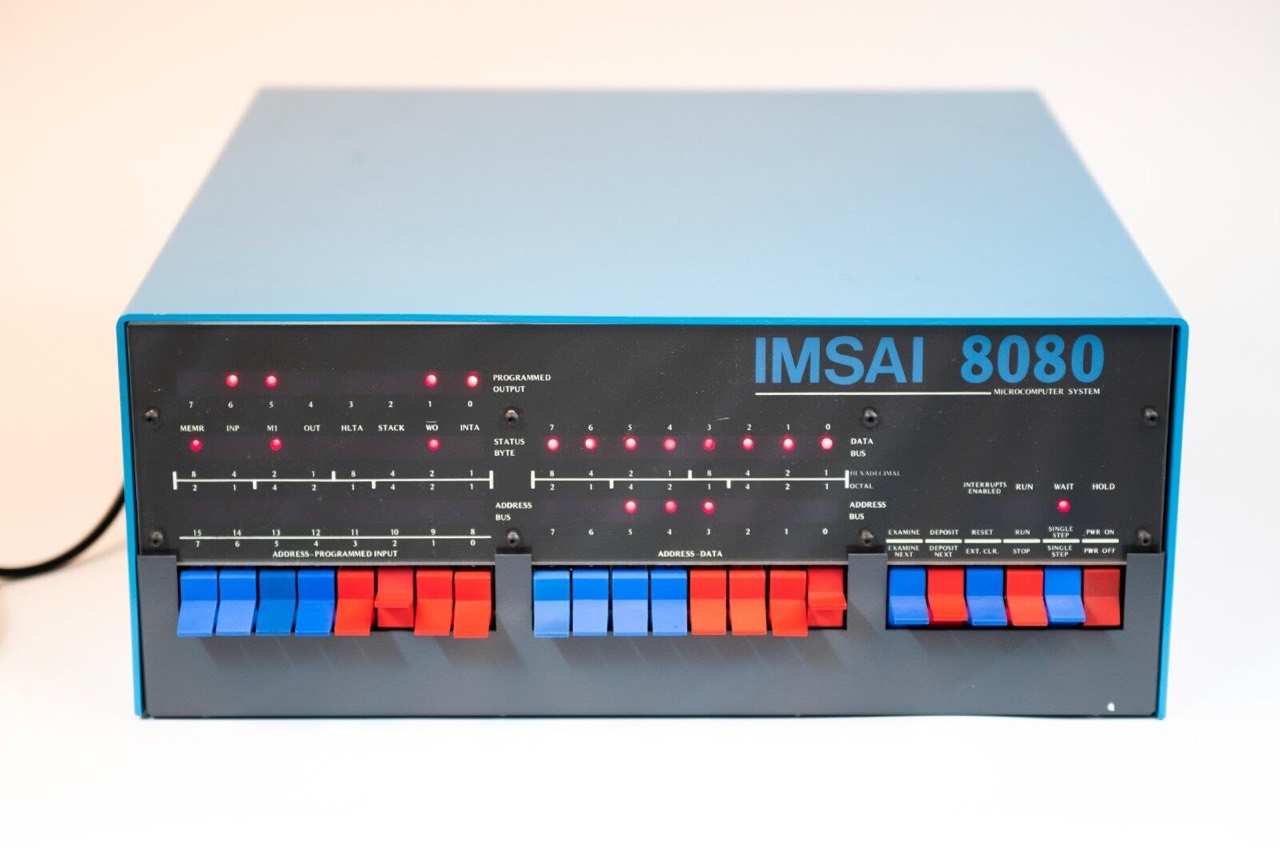
Name
With regard to the name IMSAI, there are two variants for the S in IMS: Sciences or Services. Joe Killian stated to me in an email that no. 1, Services is the correct term! Why? Because they offered services for the IT and not science(s). [21] Killian was (the 3rd [26] ) employee at IMS. In other words, he was part of IMS from the beginning. This designation is also used by Computer History Museum - CHM. [23]
- Information Management Services Association Incorporated Correct
- Information Management Sciences Association Incorporated Wrong

The renaming from IMS Association Inc. to IMSAI Manufacturing Corporation took place in Sep/Oct 1976. [27]
Trademark
According to Joe Killian the word IMSAI was not a trademark at that time. The registration as a trademark (S/N 73246591) came after the bankruptcy in 1979; the first filing date was 1980-01-17). The applicant was Fischer-Freitas Corporation (Thomas Fischer & Nancy Freitas), they had also bought a large part of the inventory (electronic components) at auction. [22]
There is also an official document about the sale of rights, titles and interests in October 1979 (Notice of Trustee's Sales), but the right to the word mark "IMSAI" is not included because there was no right to sell! I suspect that Thomas Fischer has acquired precisely these "rights, titles and interests" to this date (November 6, 1979).
The word mark IMSAI appears twice in The United States Patent and Trademark Office. Serial number 73246591 (filing date 1980-01-17, cancel date 1988-02-29) and 78202645 (filing date 2003-01-13, abandon date 2004-08-28). The first registration lists the owner as Fischer-Freitas Corporation and the second as Thomas Robert Fischer. Note that there are five years between the first and second registration.
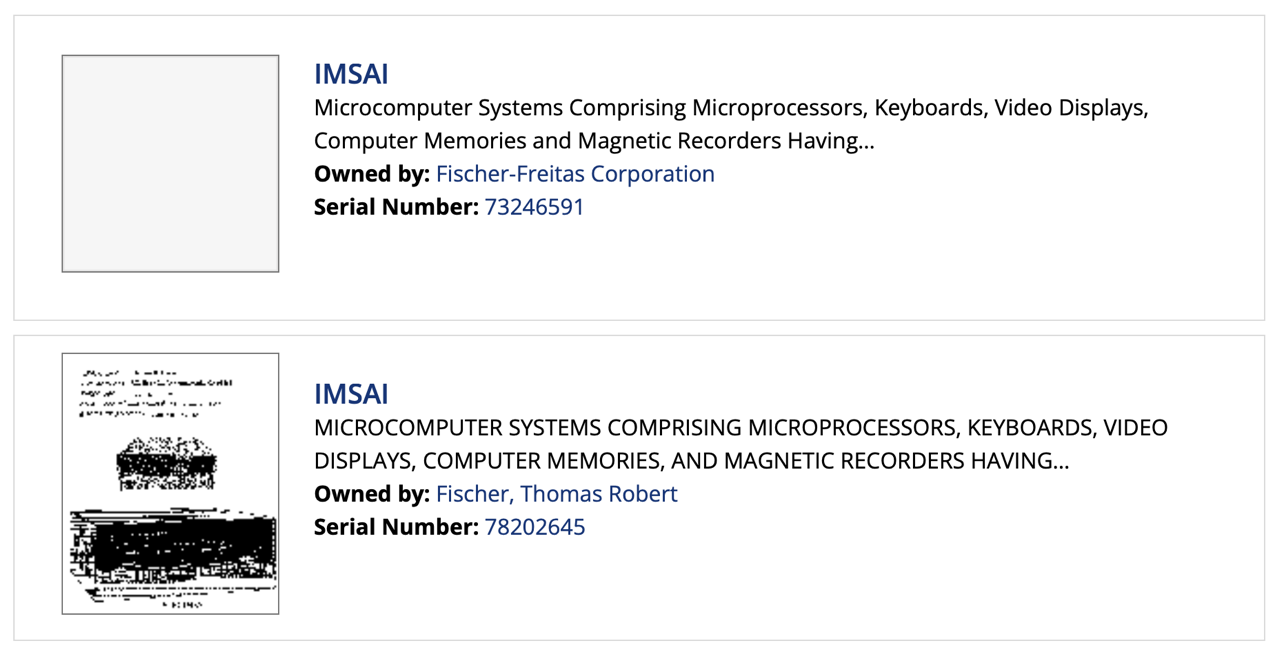
Thomas Fischer's website www.imsai.net (The Official IMSAI Home Page) states (last dated in 2020) that the name IMSAI is still a registered trademark (S/N 78202645). But this is false! The word mark IMSAI was abandoned in 2004.
The word mark IMDOS has also expired (Jan. 25, 1988).
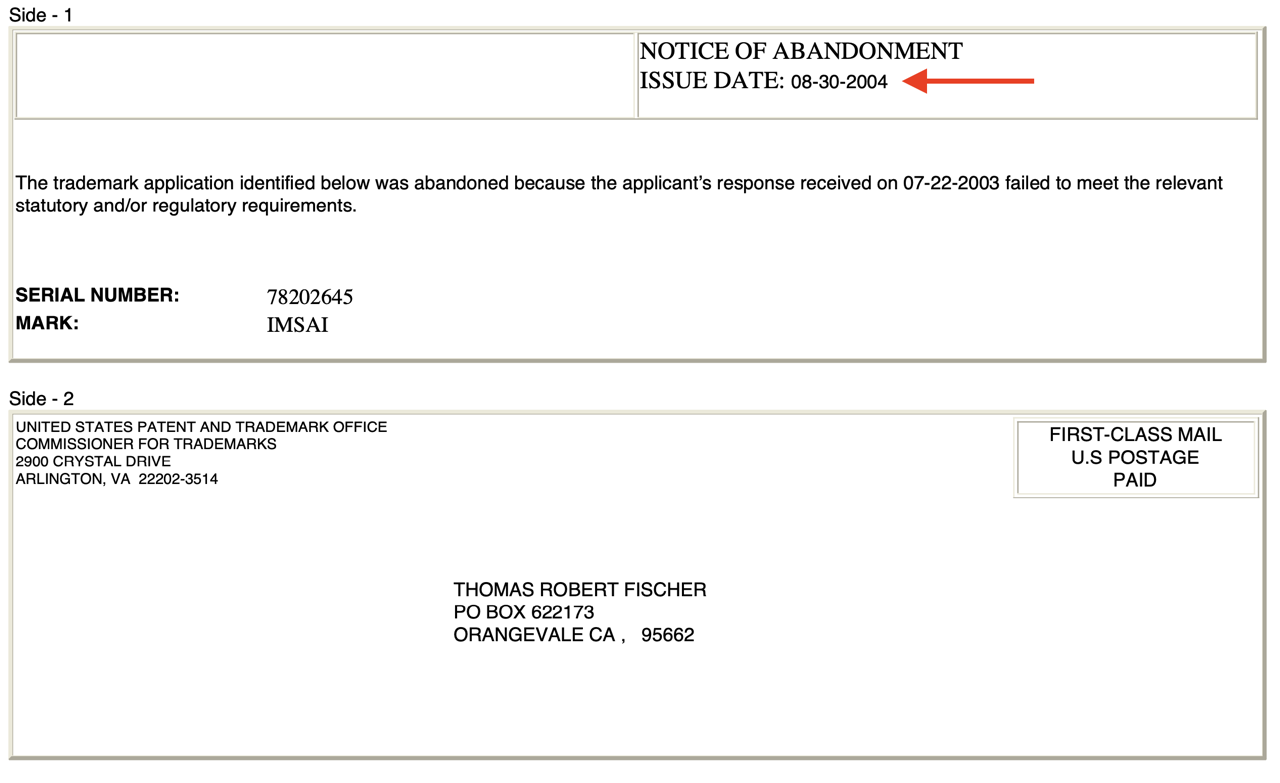
According to my research at The United States Patent and Trademark Office (USPTO), Thomas Fischer has actually only failed to legally sign his applications for prolongation! And this, unfortunately, several times. And then the registration of the wordmark IMSAI was officially abandoned. The word mark has not been re-applied for, although he claims it on his website.
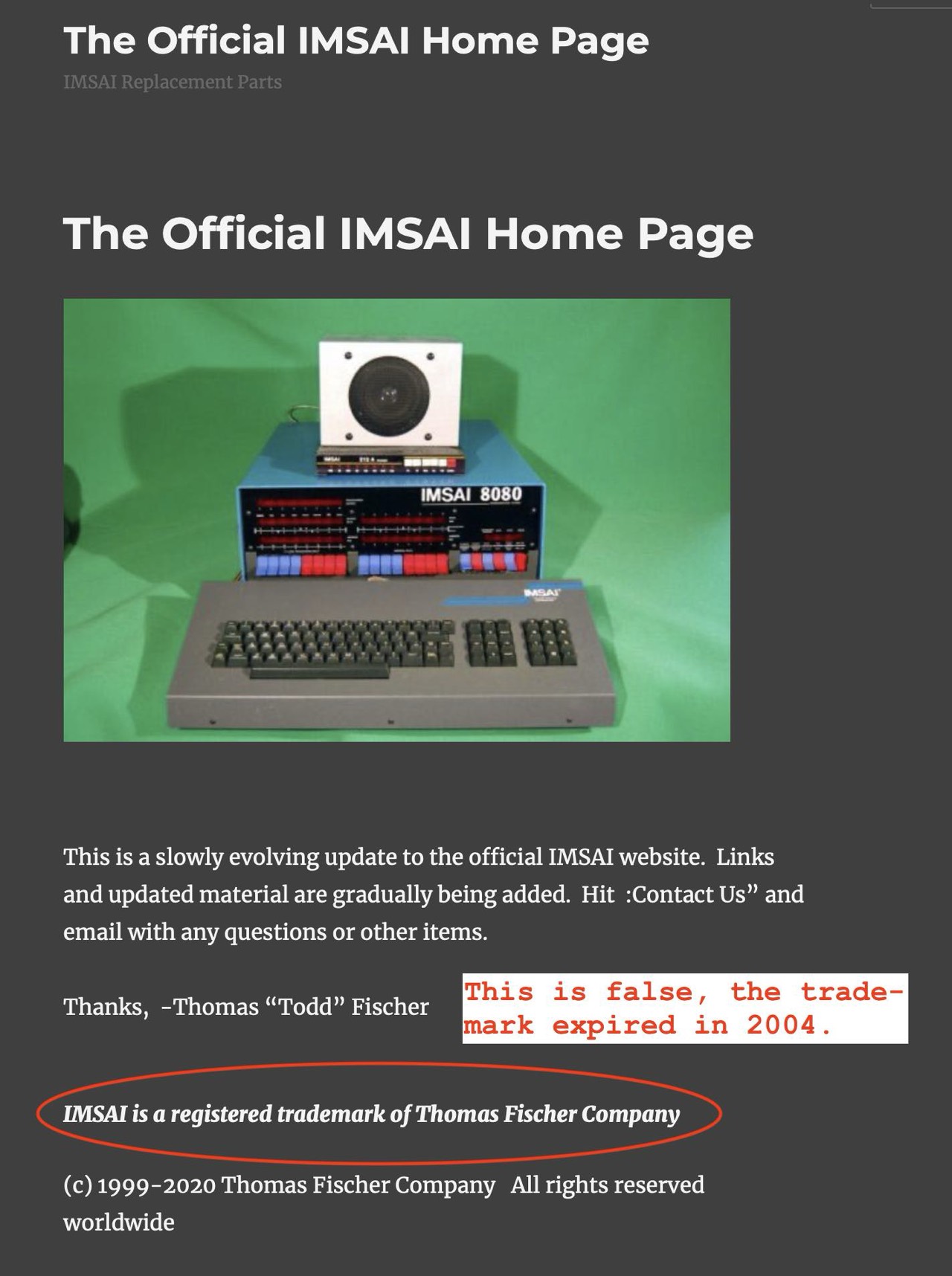
The Reason for Developing the IMSAI
Long story short. Bill, Joe and Bruce were actually just looking for an inexpensive replacement for the PDP-11 (LSI-11). The Altair 8800, which had just come onto the market, was not available for months and so the story took its course ...
[Joe Killian] So - that Wang auto dealership accounting system interface ...
The dealer loved it - multiple Wang programmable calculators accessing a single disk database. I don't recall who wrote the accounting software it was running, just the big dip-chip interfaces I designed connecting the multiple Wang calculators to the disk. The speed of the system was limited by the opto-isolators I used to drive the cables between the calculator interfaces and the disk interface - but luckily the the Wang disk interface protocol was such that I could hold any transaction suspended until the result from the disk was available.
IIRC, we had made two of the big wire-wrapped systems. The owner of the auto dealership (Philip Reed) in Las Cruces gave Bill an order to develop a less expensive version - laying out PCBs instead of wire-wrapping. That occurred while I was away in Kenya a couple weeks with my in-laws. Bruce was hired & on-board when I returned. So was another HW engineer.
An interim project was to interface a daisy-wheel printer to the Wang. The additional engineer was busy engineering that project. Meanwhile, Bruce & I and Bill were considering how to reduce the cost of the programmable Wang calculator end of the system. The recently introduced PDP-11/03 (LSI-11) came to our attention, and seemed well matched to the computing needs. Bill tendered a bid to Philip Reed for developing a system using the LSI-11, and developing the needed interfaces between that and the disk.
As we worked into the design with Bill keeping track of development and prospective production costs, we came to the realization that Bill's proposal had significantly underestimated the costs, especially of production and largely due to the cost of the LSI-11. We started looking around for alternatives to the LSI-11.
This is early 1975. While I was away, Jesse Booth had been furloughed. In January 1975 Popular Electronics magazine published the article on the MITS Altair. We were in contact with Jesse. Jesse had purchased and built an Altair kit. He brought it in for us to look at. We began to look at the Altair as a possible substitute for the LSI-11. At $498 assembled it was considerably less expensive than the LSI-11, and it appeared to us that the 8080 was sufficiently powerful to accomplish the accounting task for our customer.
The next step was the attempt to engage with MITS & Ed Roberts. We asked him how soon we could receive several units, and what discount would be available for quantity. (Our customer Philip Reed had in mind mass producing the system and selling to auto dealerships nationwide.) We could see from the magazines the that Altair was popular, but had no idea how overwhelmed Ed Roberts was. Ed's response was that we would have to wait several months to receive even the next unit, and no discount would be available in volume. Our proposal to Mr. Reed had included a completion date, and this was unworkable.
We searched for other microprocessor (& therefore inexpensive) options. For a while we settled on a CRT terminal with embedded 8080, got a couple units and worked on interfacing and programming them to talk to the disk unit. They functioned satisfactorily, but with our limited value added the cost was still too high to fit within our bid.
About this time, as Bruce & I became more familiar with the capabilities of the 8080, we realized that the 4 or 5 board state machine interface for the daisy wheel that was being developed by the other engineer would be better and more cheaply accomplished with a small single 8080 based board, and lobbied for a change in that project. That engineer would not consider such a change in his approach, and Bill let him go (iirc, he had no programming experience & was uncomfortable with the programmable approach). We would wrap the daisy wheel interface into our 8080 based hardware, whatever shape that took.
Fighting cost for our dealership accounting system again, someone suggested developing our own. Could have been me, I don't remember, but certainly when then asked could I do it I said certainly. We began to plan on building our own system from scratch.
I had to figure out how to test/debug a computing system as we built first article. This is before the age of logic analyzers (HP 1611 would come out a couple years later), and so far I had only built simple state machines which I could single step. (Though with my experience on the 1620 in college I was familiar with the building blocks of a computing system.)
Having Jesse booth's Altair in the other room, I hit upon the idea of adopting the same bus and backplane connector and would then be able to test individual boards in Jessie's system one at a time rather than bringing up a complete computer system in one shot. However, the Altair method of a zillion wires to connect the backplane bus to the front panel was very labor intensive, so I decided to rotate the board slots 90 degrees and make the front panel connection just another card slot. [38]
The last paragraph is particularly important. Here Joe describes clearly and unambiguously that he used the Altair as a test system for his self-developed S-100 boards. This basic approach has not changed to this day. See what others have done and try to do it better. You can't do it more efficiently, perfect!
Designations
According to Thomas Fischer [30] the first IMSAI's (12/1975) have the (internal) designation 8080. Since 01/1976 the designation was I-8080. [32] Note: Thomas Fischer gives this 2nd date as 03/1976 but according to the brochure this was already the case in January.
Serial Numbers
[Thomas Fischer] Total production of the IMSAI 8080 between 1975 and 1979 is more than 17,000, but probably less than 20,000 units (according to a July 2002 e-mail from Joe Killian). Fischer-Freitas Company produced approximately another 2,200 systems between late 1979 and mid-1986. [10]
[Ross Milbourne] I have a database of machines that have come up for sale in recent years, or are in various collections - both private and in museums. This can be very useful in providing a rough idea of when it was manufactured, along with what some of the major component parts should look like. ... [16]
Read the whole text ...
Update 10/22/2023: Ross Millbourne sadly passed away some time ago. In 2019/2020 he restored an IMSAI 8080 for the Centre For Computing History at Cambridge, UK. and documented this in great detail. [16]
Update 11/28/2023: I would like to thank the Milbourne family for kindly providing me with a large number of pictures and other information from the IMSAI collection of the late Ross Milbourne (Northumberland, United Kingdom).
According to Ross Milbourne and my researches there are 3+2 serial number series. Three original IMSAI series (1976-1979) and two by Fisher-Freitas (1979-20??): I refer to these as: (0) - (1) - (I) | (F) - (TWO)
- (0) - The first machines ran from 001-002 [16] upwards and the last I know of is 005-523. Thomas Fisher mentions the number 001-008 as the first serial number on his website. [29]
There are also differences between the computers of this first series. According to my research of pictures on the Internet, there are probably 3 variants here. This can be seen very clearly in the power supply section. - (1) - The second series just had a (1) placed at the beginning of the serial number, but carried on from where the series (0) left off. The lowest number I know of is 1-006-254 and the highest is 1-018-000.
- (I) - The third series is the European or International (I) series. This IMSAI looks like the (1) series but with the difference that a TRANEX 3819 (PS-28C-U, with dual primary) is installed here. The (1) series actually has a TRANEX 3751 (single primary). A machine turned up in Sweden with the serial number that has a prefix of (I) and a number of 101-110. It can be seen at "Rune's PC-Museum".
- (F) - The fourth series is from 1979 onwards, when (F)ischer-Freitas had taken over the parts. I have only come across two machines in that series, number 025-050-A and 025-139-K.
- (TWO) - This is only a semi S-100 IMSAI. This is the "IMSAI Series Two" by Fischer-Freitas Company. They brought it to market in 2001/02.
The First IMSAI Kits
Two different numbers appear for the first IMSAI kits sent in December 1975: 50 and 25.
Jonathan Littman (1987) wrote that the first 50 IMSAI kits were shipped on 12/16/1975 and 250 more were projected for January 1976 (announced for November). [15]
[Thomas Fisher] The first twenty-five [25] IMSAI 8080 kits shipped just before Christmas in 1975. These machines, whether factory-built or kit form included two metal adhesive-backed labels; one which indicated the line voltage and frequency that the transformer was wired for, and a second that included the serial number, starting with about 001008. This sequential numbering system would continue throughout IMS Associates/IMSAI Manufacturing Corporation's three year run. [29]
[Stan Veit] Back in San Leandro, the people in IMS Associates went to work to build their first 50 kits to make the initial shipments. By December 1975, they had shipped the first lot and were at work on the second batch of 250 kits. Ten of these were mine, and never had I sweated out anything more than the arrival of those computers. [33]
Hard to believe! An unassenbled IMSAI kit sold on eBay in Aug. 2023 for $7,000!
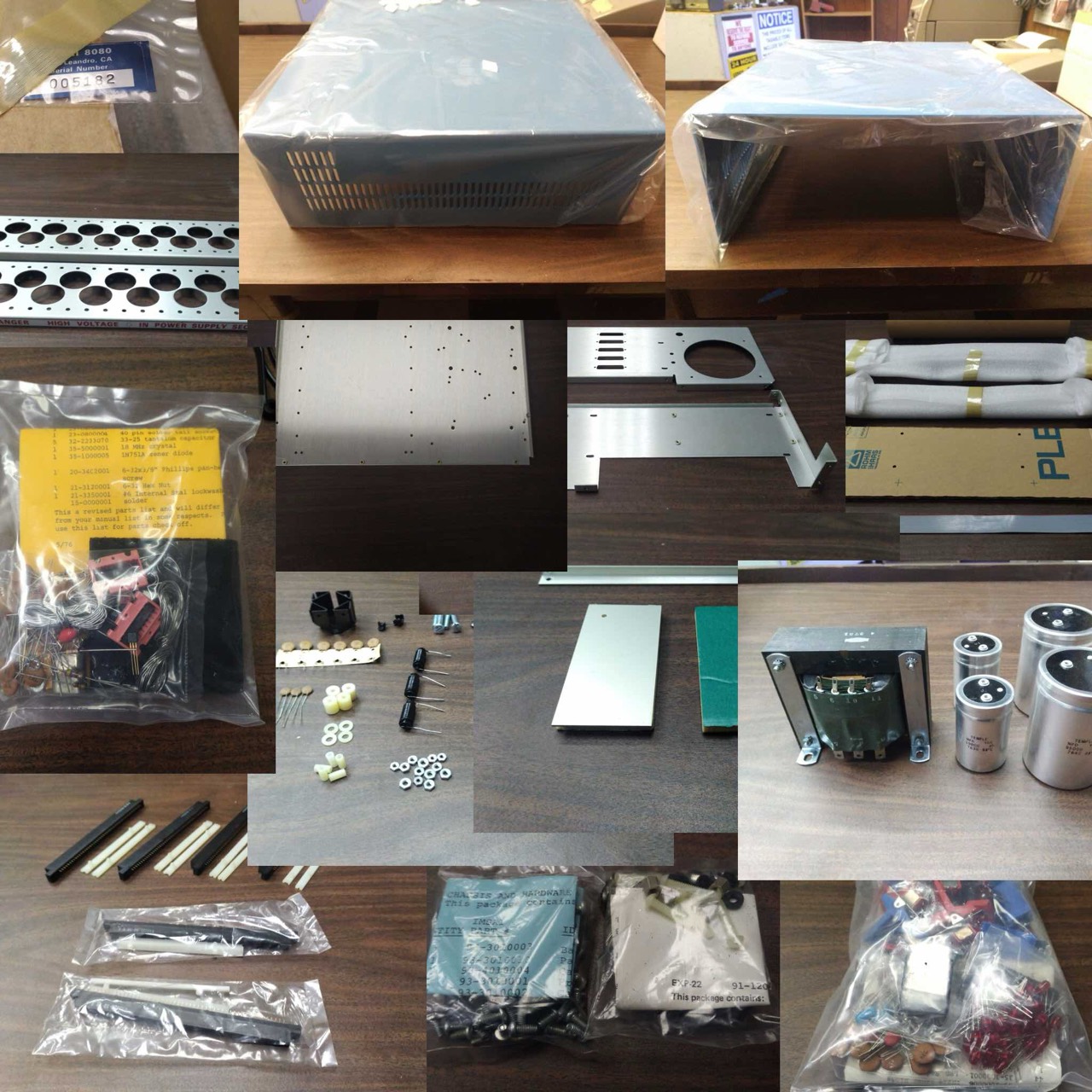
The Accusation of Cloning
In various places on the Internet and in literature, the accusation is made that the IMSAI 8080 was just a clone of the MITS Altair 8800. In the following, I will try to shed some light on this topic.
What is a Technical Clone?
[Wikipedia, Germany] In information technology, a clone or so-called reimplementation is a hardware or software system that has been developed to exactly replicate another system. A clone is typically referred to when it competes directly with the original product on the commercial market.
[ChatGPT] What is the definition of a technical clone?
A **technical clone** is a system, device, software, or technology that replicates the functionality, design, or behavior of another product or system, typically to achieve similar results or compatibility. It does not need to be an exact duplicate but must imitate key aspects of the original's technical operation or design.
### Key Characteristics:
1. **Functional Similarity**: It performs the same tasks or provides the same features as the original.
2. **Non-identical Replication**: While it replicates functionality, the implementation details may differ.
3. **Purpose**: Often created to provide an alternative, ensure compatibility, reduce cost, or bypass restrictions.
A technical clone can exist in software, hardware, protocols, or other areas of technology, and is often differentiated from direct copying by its method of achieving the desired outcomes.
Statements by Important Persons
[Joe Killian, 04/16/2024] As to the IMSAI 8080 being a clone of the MITS Altair, it was that functionally only. Rather different in cabinet and front panel configuration. Some months later, though, I had the "honor" of seeing some other company copy my chassis, right down to mounting holes I had included in case but never used. [Cromemco Z1] A real clone. [48]
[Ed Roberts, Apr. 1976] As a matter of policy I have deliberately avoided discussing competitor's products, but in view of recent developments. I felt compelled to respond. The following is objective evaluation of the IMSAI. This evaluation is based upon a comparison between the currently advertised IMSAI and the early Altair.
...
One final point, I have been asked about the Hypercube, i.e., asked if I had anything to do with its design, the answer is no. Where this rumor apparently started was the IMS advertisement which states in effect that IMSAI 8080 technology and the hypercube technology are common. IMSAI 8080 is an imitation of the Altair, I guess it's easy to extrapolate that the Altair is responsible for the hypercube, but it just isn't true. Some of the readers of this column are probably aware of a system design that I worked on in parallel with the early Altair to allow for a multiprocessor system (256 CPU's). The Altair bus structure was configured in part to facilitate its implementation in a multiprocessor environment. This turned out not to be a practical way to achieve increased computing power, therefore, I abandoned the technique. [50]
[Stan Veit, 1993] Although the MITS Altair 8800 was the first practical personal microcomputer and started the industry, credit for spreading the personal computer revolution must go to another company – IMS Associates and its product, the Imsai 8080 computer. While it was not strictly a clone of the Altair, this machine adopted the bus structure of the Altair and used interchangeable plug-in circuit boards. This commonality and the availability of the Imsai assured the dominance of the Altair (S-100) Bus. [51]
In view of the above, the IMSAI 8080 can probably be described as a clone of the MITS Altair. With this statement, however, I am referring exclusively to the basic function, the bus structure. In my opinion, the IMSAI is not a clone of the Altair. Otherwise you would have to call every car a clone of another car company. But, ... with these two computers, of course, you have to state it was the First and the Second!
But a real visual clone of the IMSAI is the Cromemco Z1, if I interpret Joe Killian's statement correctly. Although Cromemco has developed its own S-100 cards and motherboards, a look inside the Z-1 is a perfect reflection of the IMSAI 8080.

So what is the actual clone? For me the matter is clear, very clear! The Z-1 picture on the right I copied from Mike Douglas' S-100 archive (by MFE - Martin Forest Eberhard).

And the IMSAC is also said to have existed (made by IMS and probably sold by Allied Electronics). Only the name was actually changed here. The rest is an original IMSAI.
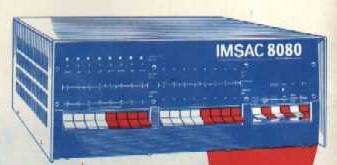
Persons
This list does not take into account arrivals and leavings, i.e. temporal aspects.
- William "Bill" Millard, founder
- Philip "Phil" Reed, co-founder [15]
- Joseph "Joe" Allen Killian, chief engineer, inventor of IMSAI-8080 [26] [15]; several sources indicate that IMS initially consisted only of Bill and Joe.
- Ed Faber, sales director, 12/1975 [15, p.19]
- Joe Parziale, operations manager [8]
- Seymour Rubinstein, software-product manager, director of marketing [36]
- Robert Weatherford, engineering technician, production tests [8]
- Gordon Stitt, engineering technician [8]
- Dennis L. Holeman, 1975-1978 [26]
- Nancy Freitas
- Marva Van Natta 1976-???? [43]
- Vince Pollack, production manager, 1976-???? [43]
- Peter Bolton, marketing communications manager [43]
Programmer
- Bruce Van Natta, 1975-1979 [15] [13]
- Glenn Ewing, BIOS for IMSAI-8080 [26]
- Doug Earp [13]
- Rob Barnaby [43]
Customer Service
- Julie Banuelos (Yates), coordinator, 1976-???? [43]
- Thomas "Todd" Robert Fischer, 04/1976-1979 [43]
- Dave Ushijima, 1976-???? [43]
- John Coons, 1976-???? [43]
Your name is missing? Send me an email.
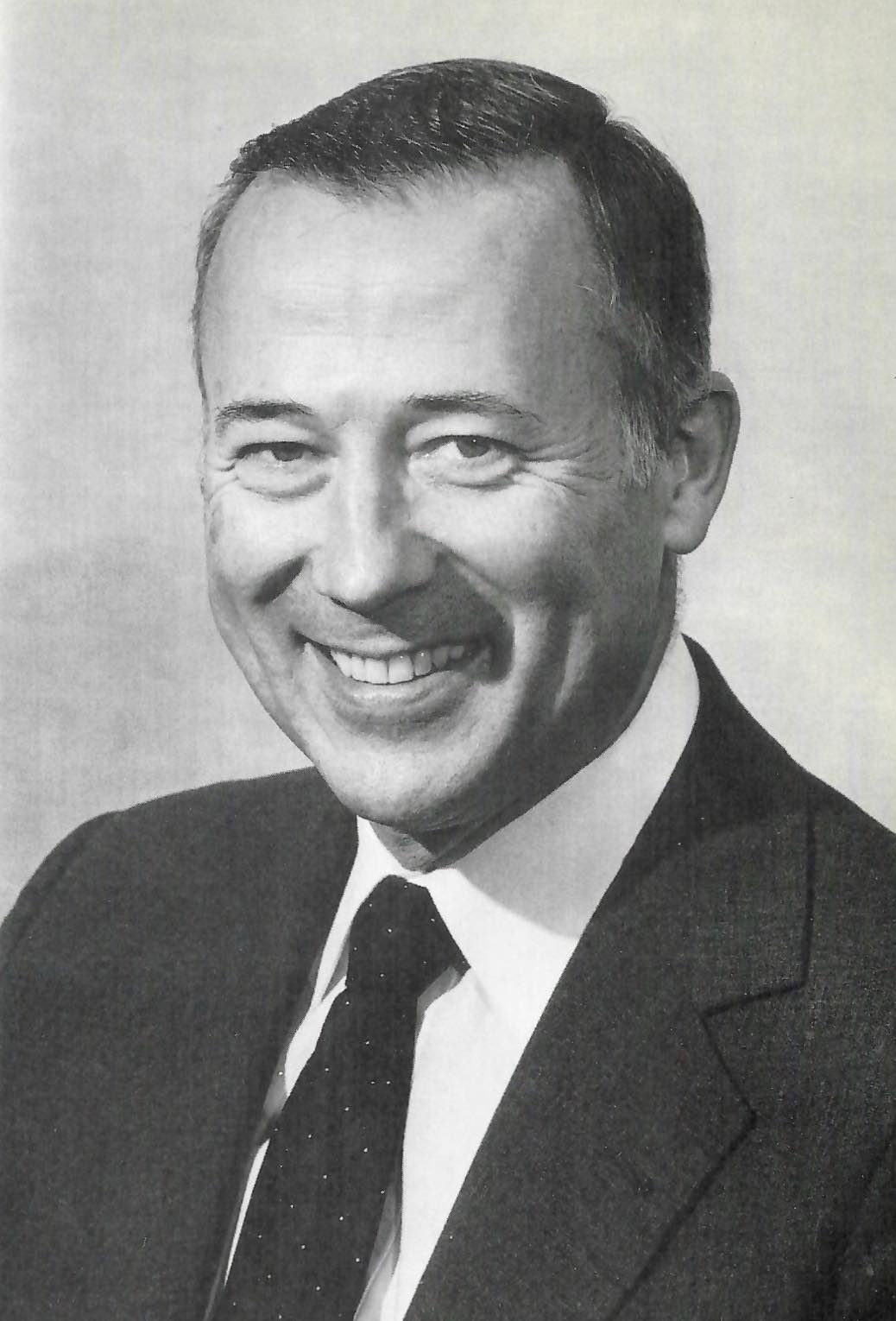
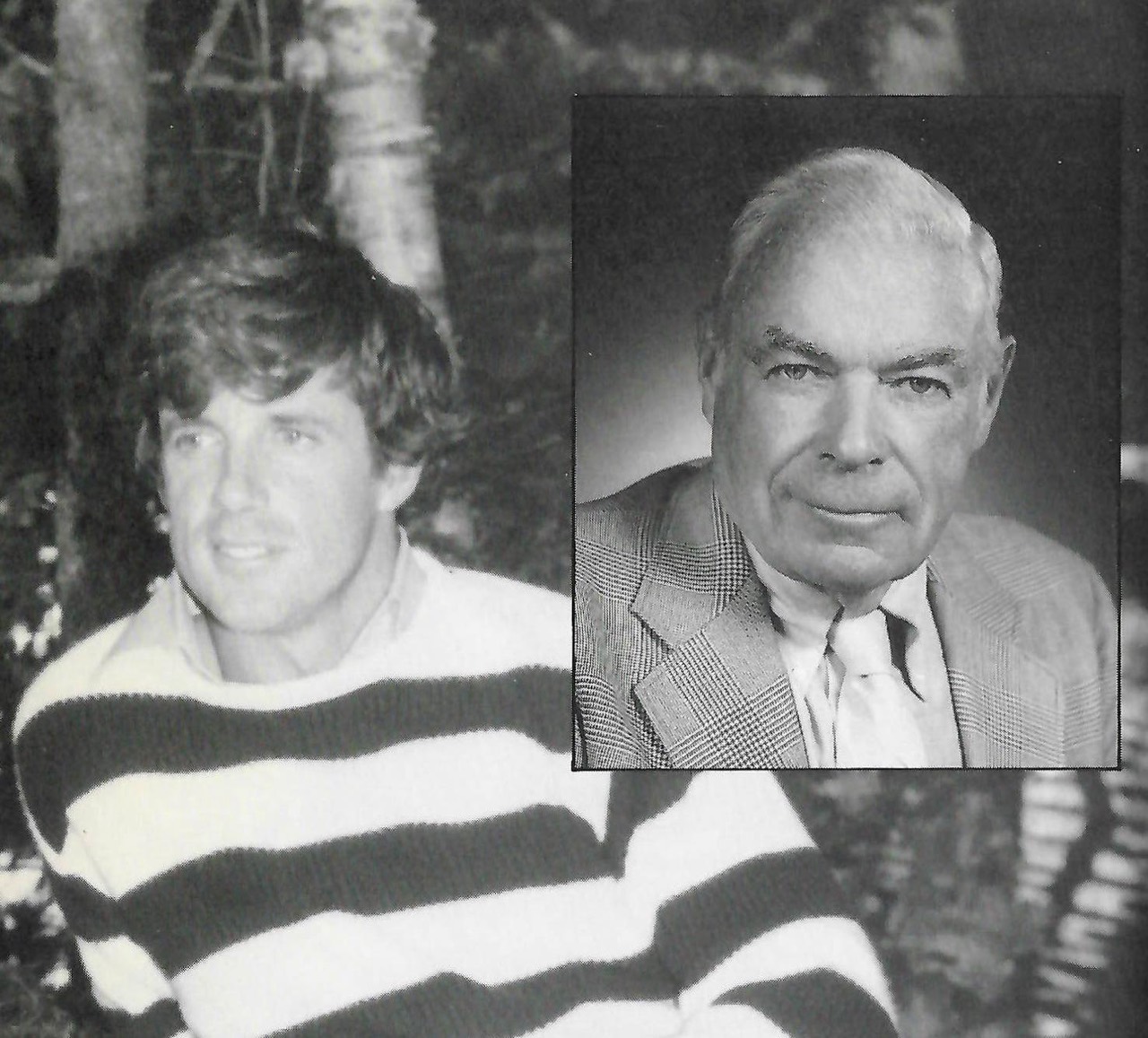

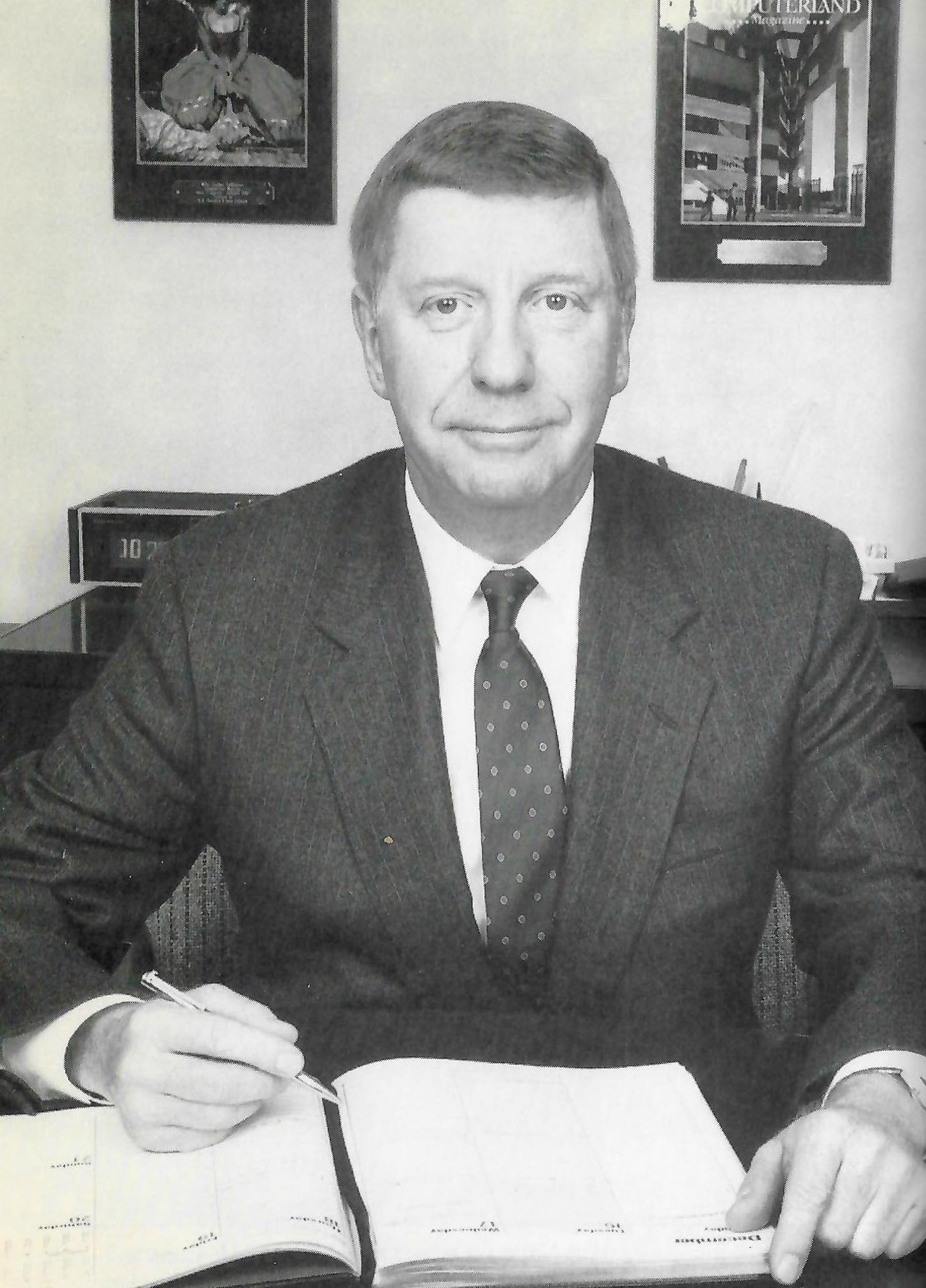
Locations
Estudillo and E. 14th in San Leandro, CA 94577
1974/75 [13]
1922 Republic Avenue, San Leandro, CA 94577
01/1976 [32]
14860 Wicks Boulevard, San Leandro, CA 94577
Lawsuits
MICRO VEST CORPORATION v. COMPUTERLAND CORP (1984)
The best-known legal dispute is the conflict between Millard (ComputerLand), Marriner and Micro/Vest. It originated with [Phil] Reed's [Marriner's] promissory note worth $250,000, which ensured the survival of IMS in January 1976. [44]
On January 30, 1976 Millard wrote in his diary: “Phil returned from Boston with an offer from his dad’s company [Marriner] for a 5 year convertible debenture @ 12% for $250,000 - convertible to 20% of the company stock .... I accepted the offer.” The next morning Millard and Reed’s pilot took off from Oakland at 9:30 a.m. They stopped in Ogden, Utah for lunch and gas and then continued on to Scottsbluff, Nebraska, where they stayed the night at a motel. Five days later, well into his trip, Millard wrote, “IMS has $250,000 now. Used 125K to pay off our loan, and 125K for savings + 14K in cash.” [44]
And it was precisely this promissory note that was the problem, because ...
... The latter concern [Micro/Vest] is an investment group that bought Millard's $250,000 note from Marriner for $300,000 plus the promise of another $100,000 if it managed to convert the note into stock. [45]
Here is a detailed article by Michael Brody (05/15/1985). (as TXT)
KILLIAN v. Thomas F. Camp, et al., Claimants and Appellants. (1991)
Here is a detailed article by FindLaw (04/08/1991). I still need more background information here. It is possible that the origin of this lawsuite lies in the partnership agreement between Millard, Killian and Van Natta in 1976. [45]
History
I would like to emphasise at this point that I am not a contemporary witness and that I am only collecting open source information here. No more and no less.
To read up a bit on the computer scene of the time, be sure to read the book (chapters 2-4) Fire in the Valley: The Making of the Personal Computer by Paul Freiberger & Michael Swaine. [1]
Whether IMS, IMSAI or ComputerLand, you must read the book: Jonathan Littman, Once upon a time in ComputerLand, 1987, chapters 1-7.
ComputerLand
The name William Millard is not only associated with IMS or IMSAI, but also with the retail computer store chain ComputerLand. At its peak around 1985, the chain comprised around 800 stores. [18]
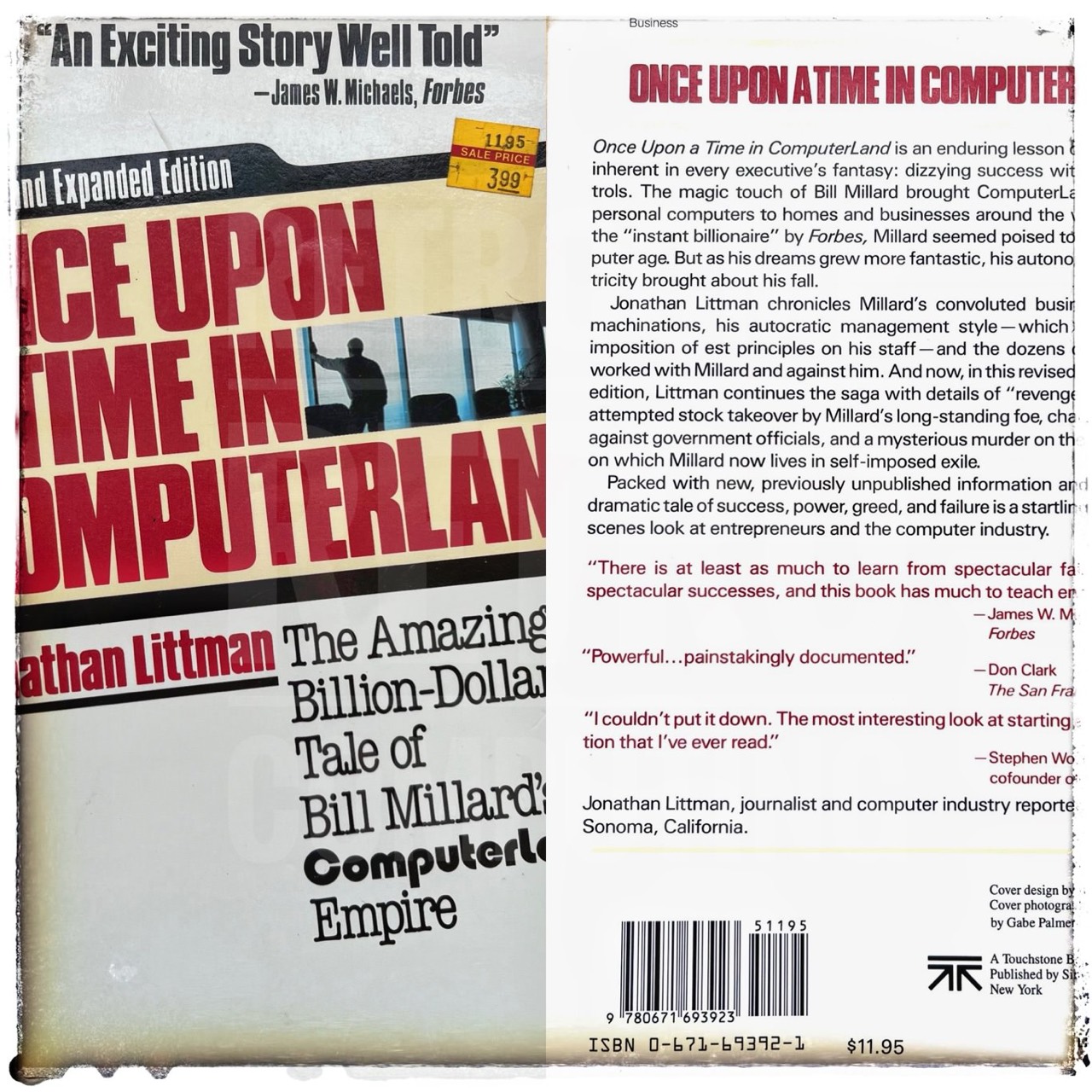
Computerland was created in 1976 just as the market for personal computers was beginning to take off. The company's founder, William H. Millard, was a rags-to-riches entrepreneur. Millard was raised in Oakland, California, the oldest of six children from a blue-collar family. While growing up, Millard delivered newspapers until he was a high school senior. He also worked as a drugstore clerk and held several summer jobs to earn additional money for his family. At parochial school, he developed an interest in science, technology, and mathematics. Upon graduating from high school, Millard held several odd jobs, including a Southern Pacific switchman, an assembly line worker, a truck driver, and a welder's helper. He attended the University of San Francisco but a lack of funds caused him to drop out after three semesters. He then became a loan officer for a finance company in Oakland, eventually becoming branch manager. ... [20]
Read the whole text ...
The Miracle Makers
Read chapter 3 The Miracle Makers of the book Fire in the Valley.
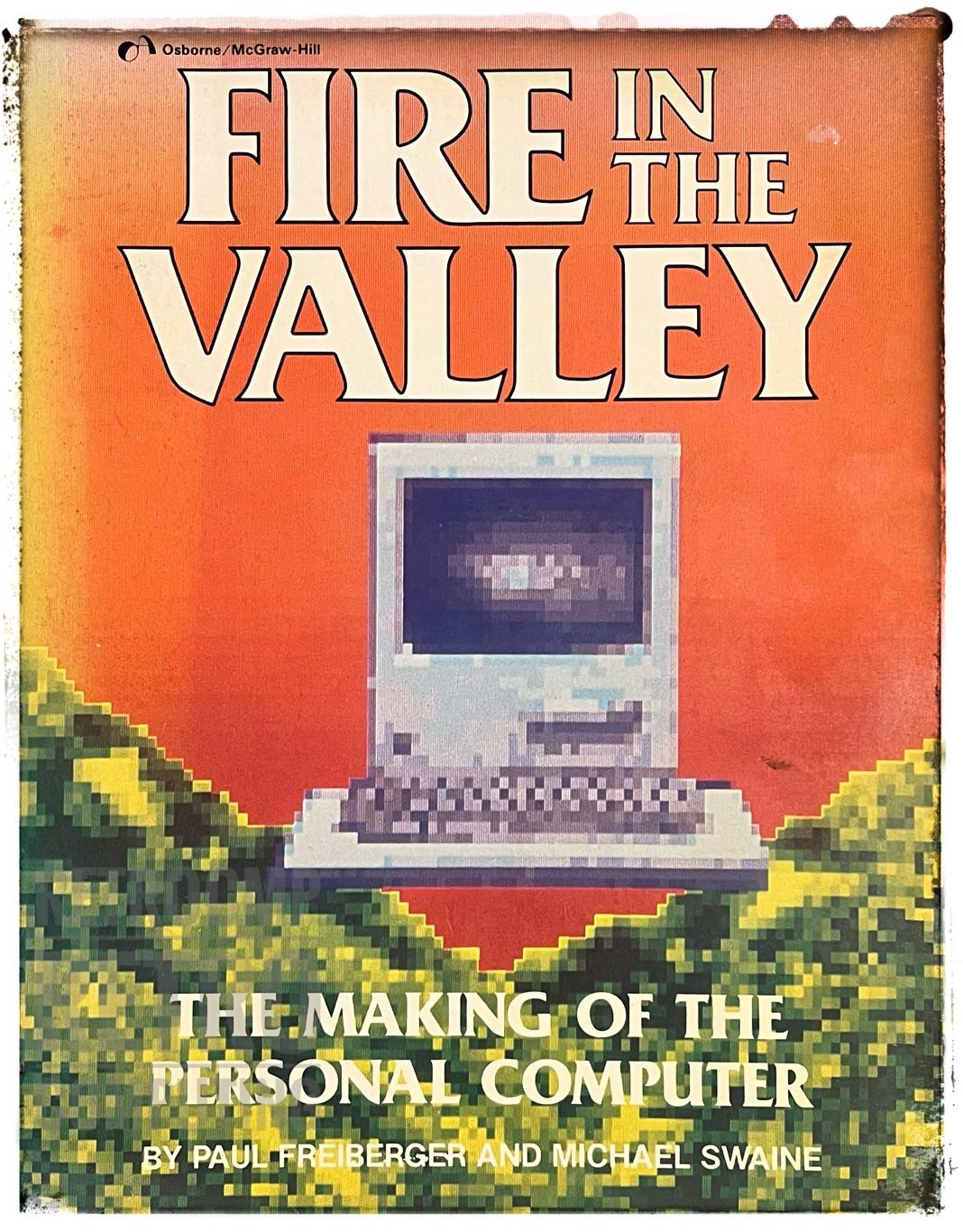
Contemporary Witnesses
These are: Doug Earp, Thomas Fischer, Joe Killian, John Monahan, Stan Veit, Robert Weatherford.
[Oral History of Joseph Killian, 01/26/2007]
Hi. This is Bob Fraley for the Computer History Museum. We’re here today interviewing Joe Killian and this is January ... [22]
Read the whole interview ...
[Joe Killian about his first projects at IMS, 06/02/2023]
Bill hired me at $12.50/hr hourly in '74, I think for the Singer project. That was a good rate then. Went through a number of projects before IMS morphed into IMSAI, both HW & SW. ... [21]
Read the whole text ...
[Joe Killian about the reason for developing the IMSAI, 12/23/2023]
So - that Wang auto dealership accounting system interface ... The dealer loved it - multiple Wang programmable calculators accessing a single disk database. I don't recall who wrote the accounting software it was running, just the big dip-chip interfaces I designed connecting the multiple Wang calculators to the disk. ... [38]
Read the whole text ...
[Joe Killian about Todd Fisher and the auction, 04/16/2024]
Todd Fischer, however, I remember extremely well. Friends on facebook, though I don't keep in close touch now. Todd was/is quite a character. He was one of a few that we called supertechs at IMSAI. Worked in the service & repair department, very skilled. When IMSAI went bankrupt & was liquidated (A full story in itself), he (& I) were there during the auction sale of the factory contents. Most of that was as you would expect, auctioning off pieces of equipment. ... [48]
Read the whole text ...
[John Monahan]
IMSAI was founded by an ex IBM employee, William Mallard, as a business called IMS Associates, Inc., in 1973. It was located in San Leandro CA. IMS stood for Industrial Micro Systems [this is not correct, see above]. They did contract hardware/software work for business and the government. One project they had was the development of a "Hypercube" -- a multiprocessor 8080 CPU system allowing parallel processing. ... [2]
Read the whole text ...
[Doug Earp, Thomas Fischer]
The following e-mail was received from former IMS Associates programmer Doug Earp on June 18, 2002. In it, we get a glimpse of Bill Millard's organization, the early locations, and Joe Killian's work on the first version of the IMSAI 8080. An added bonus is a dated mention of the origin of the IMSAI name (which stands for "Information Management Science(s) Associates, Incorporated). ... [13]
Read the whole text ...
[Thomas (Todd) Robert Fischer]
In The Beginning-Advertising for the IMSAI 8080 began to appear in electronics and computer hobbyist journals as early as June [no source citation? I think this statement (June) is not correct!] of 1975. The first incarnation of Bill Millard's IMSAI 8080 was built in a small but pleasant building and adjacent storage shed located at 1922 Republic Avenue in San Leandro, California. The business, IMS Associates, Inc., as it was then known, consisted of a handful of employees including a young engineering graduate and a software programmer, Joe Killian and Bruce Van Natta respectively. ... [10]
Read the whole text ...
[Stan Veit]
Although the MITS Altair 8800 was the first practical personal microcomputer and started the industry, credit for spreading the personal computer revolution must go to another company IMS Associates and its product, the Imsai 8080 computer. While it was not strictly a clone of the Altair, this machine adopted the bus structure of the Altair and used interchangeable plug-in circuit boards. This commonality and the availability of the Imsai assured the dominance of the Altair (S-100) Bus. ... [7]
Read the whole text ...
[Robert Weatherford]
This is Robert Weatherford’s account of how he wound up at IMSAI. The time frame of the story spans about five years from 1974 to 1979. The names of many persons have been intentionally omitted in cases where I have not gotten their permission. The names that do appear are already public names on the Internet. ... [8]
Read the whole text ...
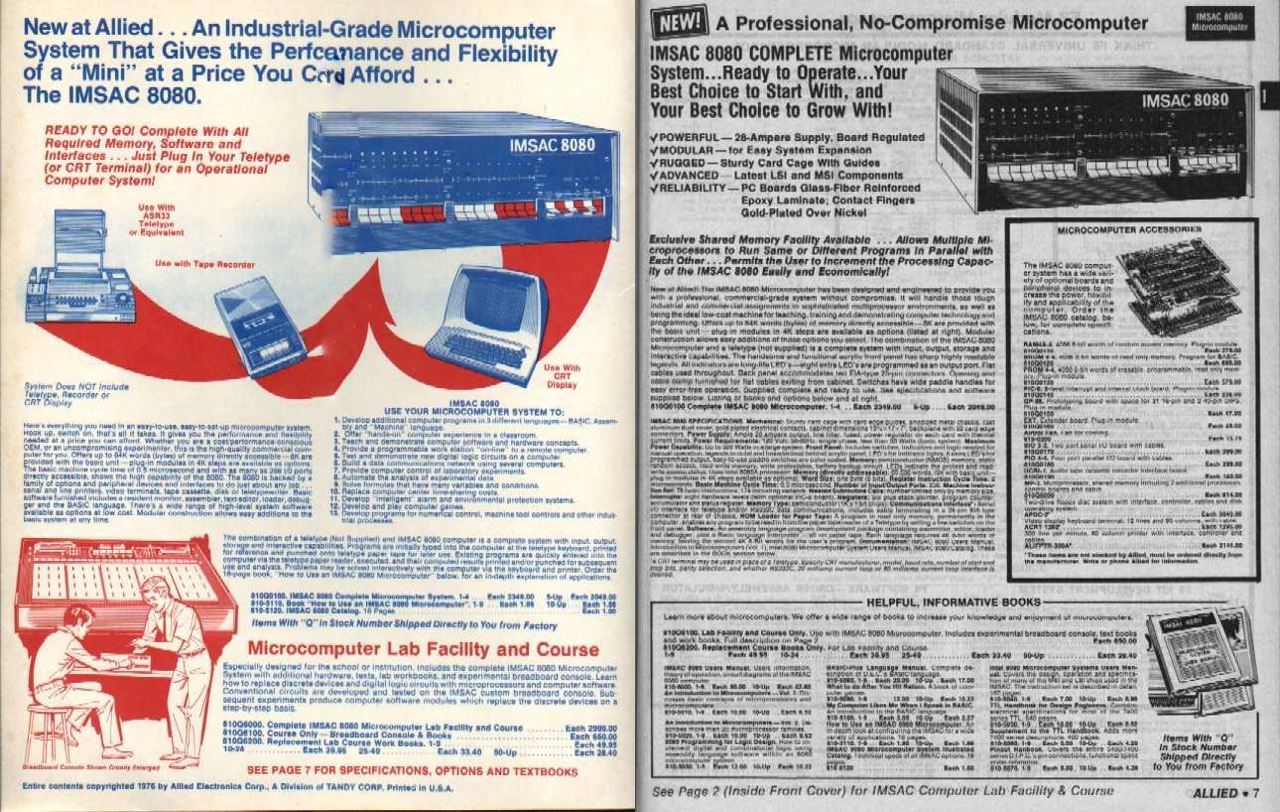
EST
In the Facebook group Vintage S100 Computer Enthusiasts, two members report on the so-called EST seminars (Erhard Seminars Training). According to one member, he was not employed at the time because he did not want to take part in this seminar. EST was founded by Werner Hans Erhard (born John Paul Rosenberg).
In Jonathan Littman's book [15], a whole chapter (5 - High On est) is dedicated to EST.
War Games - The Movie

What would the War Games movie be without the IMSAI 8080, the 8" drives and the acoustic coupler? How many times have I seen this film and marvelled at the IMSAI.
The only person who has really contributed to this topic is Thomas Fischer. For this reason I will spare myself the words. Just read up on it. Thomas Fischer's current site (www.imsai.net) is no longer maintained, so you should also check the wayback machine.
[Thomas Fischer] ... The "WarGames IMSAI" with its associated props and provenance were tentatively scheduled for auction by the prestigious auction house Christie's on November 24th, 2011 in their scheduled Film and Entertainment sale. The auction item was aborted at the last minute due to shipping and security issues that couldn't be resolved. Agonizing as it is to part with such an iconic and inspirational part of computer and film history, it is a decision which is better left to me to deal with, as we are only temporary caretakers of our possessions. ... [28]
Read the whole text ...
I cannot say what has become of the film IMSAI. I only know about the two auctions. The first - 11/24/2011 - was cancelled by Thomas Fischer himself and I have not yet been able to find out what happened to the second on 06/27/2013. [40] In the Yahoo!news it is only reported that one should contact Thomas Fischer via his e-mail address if one is interested. That's it. Perhaps Thomas Fischer sold the IMSAI privately under the radar. On his website, the last entry (with date) is from 06/18/2013. Nothing new comes after that.
I would like to show a picture from the film at this point, but a licence costs between $150 and §475 at gettyimages. I think I'm going crazy.
1968
Harvey Mudd College - Allan Joseph Killian: UNR PhD candidate atmospheric physics, M.S. candidate electrical engineering. [26]

1973
IMSAI was founded by an ex IBM employee, William Mallard, as a business called IMS Associates, Inc., in 1973. It was located in San Leandro CA. [2]
1975
From March to September 1975, IMS advertises its TTL pinout handbook in Popular Electronics. Joe Killian receives 10% of the sales income. It was his idea and the only source of income for IMS in the summer/fall of 1975. [34]

According to Johnathan Littman, the idea or the birth of the development of the IMSAI 8080 was probably in spring of 1975. From spring to autumn 1975, the development of the IMSAI 8080 took place at full speed.

The first advertisement for the purchase of an IMSAI was in the October issue of Popular Electronics. The kit was offered for $439 and assembled one for $621. The same ad apperared in Nov issue and a larger ad (half page) in Dec issue. The first delivery (50 kits, not assembled) for customers was first scheduled for November 1975. [15]
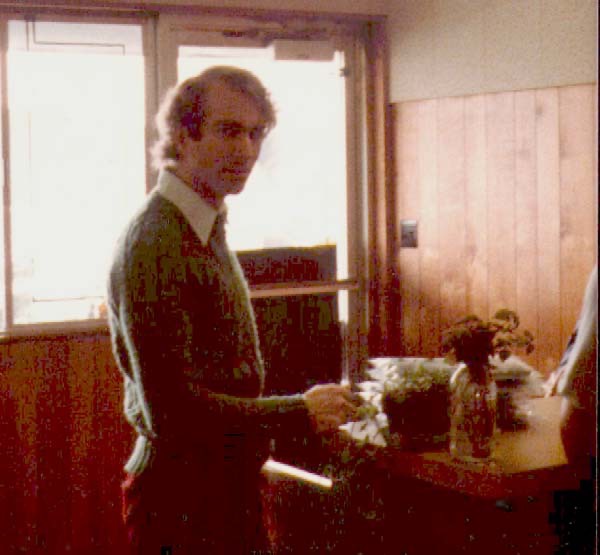

With a delay of about one month the 50 kits were shipped to the first customers on the 16th of December 1975. The first step was done. [15]
1976
A first small picture of the IMSAI appeared in Jan 1976 and full page ad in the Jan 1976 issue of Popular Electronics (Poptronics), page 81.
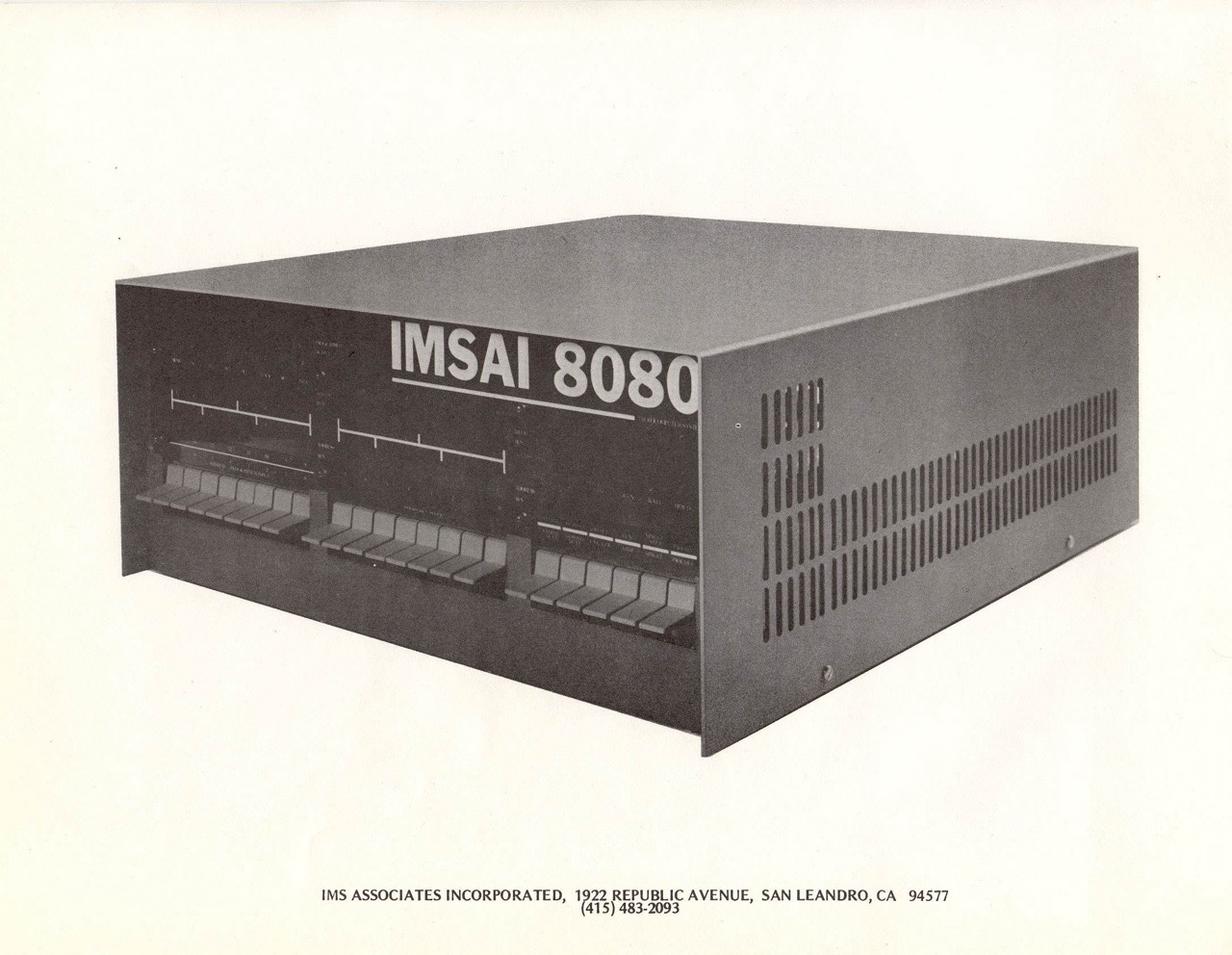
Do you notice something? Have a look at the paddle switches. They are the same grey, with other words the same color!
On 01/19/1976 the first advertisement for the IMSAI 8080 appeared on page 43 in Computerworld magazine. The first advertisement in the technical journal BYTE appeared on page 40 in issue 00-05 (Build a Light Pen) of January 1976.
[Jan 1976] The IMSAI 8080 was designed around the Intel 8080A and will serve either as a small general purpose computing machine, or a dedicated processor. The capabilites of the 8080A and other LSI chips incorporated, result in a truly powerful system. The basic IMSAI 8080 system comes with an MPU board (MPU-A), front panel control board (CP-A), a power supply (PS-20), expander board (EXP-6), with space for 6 card slots, two 100 pin edge connectors and 4 card edge guides (2 EXPM-1), and a cabinet with room for up to 22 card slots (see EXP-22 below). The front panel uses LED's and photographic masks and labels; switches are provided with wide paddle handles for easy error-free operation. [32]
1979
In October 1979 IMSAI went bankrupt. [15, p.114]
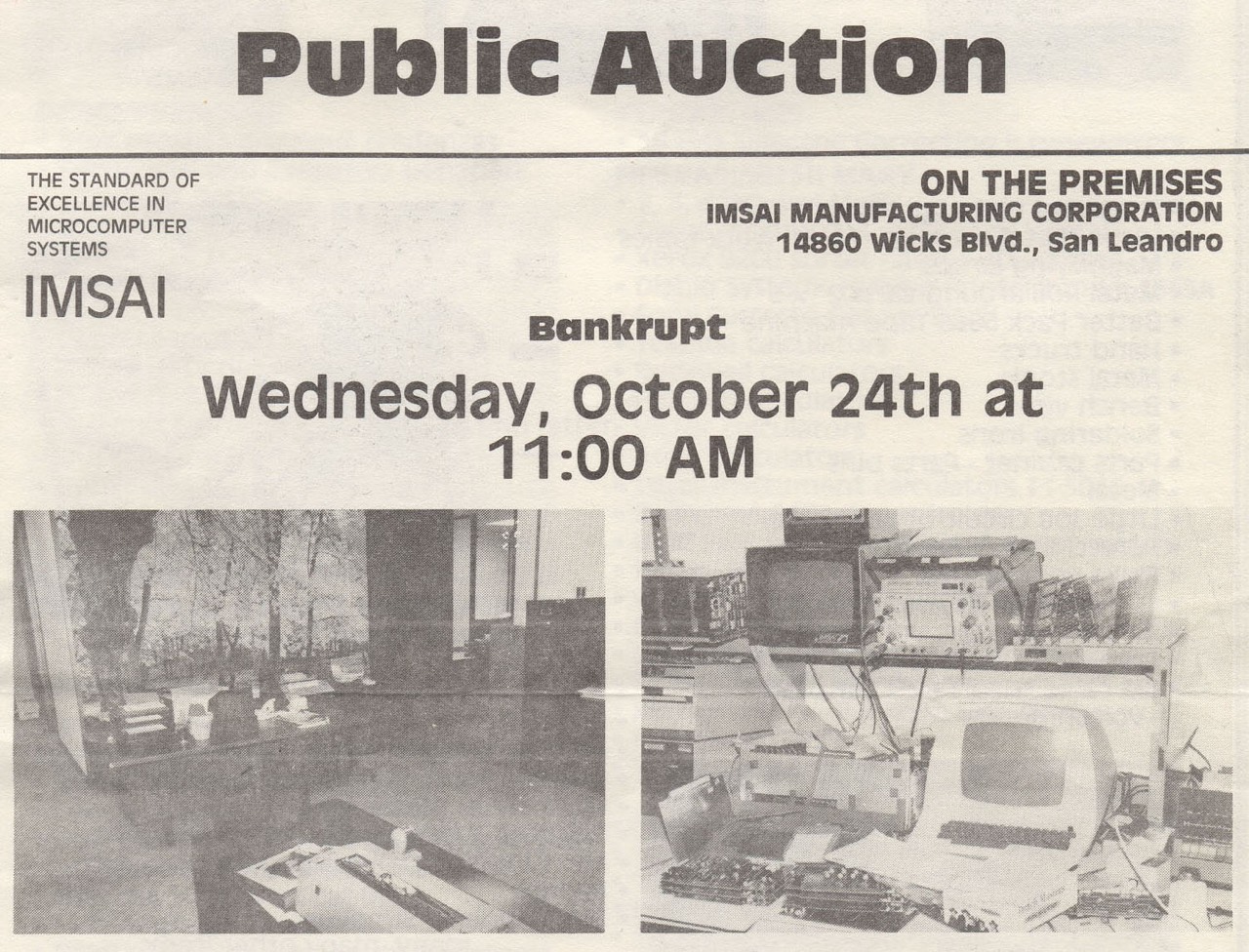
2002
The IMSAI Series Two Project
The Series Two project development went into limbo when software and hardware collaboration with several others evaporated in 2005. Interest has been expressed by many folks over the past five years, and some very generous and supportive people have donated funds to help get the project back on track. A major revision of the front panel system architecture is underway. The critical design elements including metal, power supply, and basic board designs have mostly been completed ...
Our focus has been to make the Series Two line compatible with legacy IMSAI hardware wherever practical. As such, much of the new sheet metal is generally compatible with the original IMSAI 8080 Microcomputer system and variants, so users can upgrade their older systems as they see a need or application ...
The unique programmable front panel brings control and display extensions via switches and LEDs to the user environment. This, plus the ability to accommodate a contemporary PC motherboard and peripherals, as well as the benefit of USB and ethernet connectivity makes the IMSAI Series Two system a powerful and flexible platform with which to build a personal computer customized to YOUR needs and demands. [39]

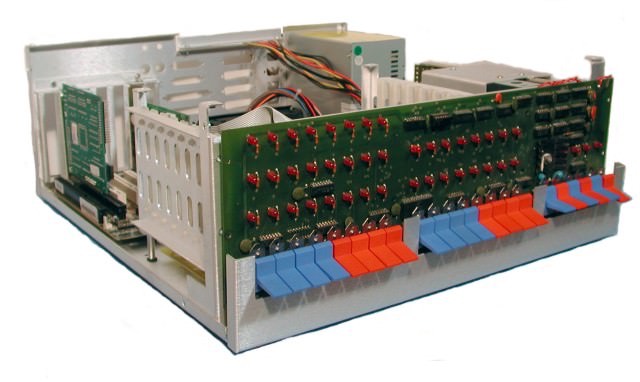
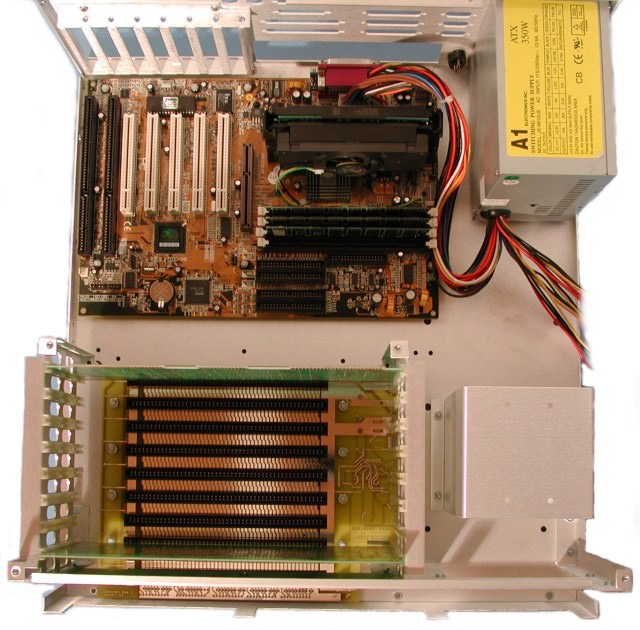
2003
Bruce Van Natta gets Murdered
[Alex Breitler] The 58-year-old silver-haired recluse was found dead Saturday inside a shack on his 10-acre ridgetop property near Ingot. He'd been shot more than once. ... [42]
Read the whole text ...
2007
On 25 January, Joe Killian gave a detailed interview at the Computer History Museum (CHM). You can read it on 32 pages. The interviewer was Robert A. Fraley. Robert (Bob) Fraley and Joe Killian have known each other for a long time.
[Joe Killian] Bob Fraley & I were undergrad classmates & friends at Harvey Mudd [College; both were class of 1968]. Bob is as knowledgeable about computers and especially computer software as anyone you can find, starting his experience on 709/7090 era mainframes in high school. Touring the CHM with him it was striking to me how large a portion of the display machines I had actual experience with, and Bob went even further. I started with the IBM 1620 ("scientific" version of the IBM 1401 business computer) at HMC. Freshmen had a semester BASIC class (only explicitly computer class I've ever had) and I got hooked. Worked all 4 years as student operator for their 1620, great learning experience. [25]
2024
Parastream - IMSAI Vintage Microcomputers
Welcome to the IMSAI Vintage Microcomputers storefront and library. We produce high quality vintage microcomputer kits for the hobbyist market. We are very excited to offer many of the same systems, components, and parts that were available when IMSAI began in San Leandro, California in 1975. IMSAI’s original flagship product, the IMSAI 8080 (CAD rendering on the right) sold nearly 20,000 units from 1975 through 1979.
After a hiatus, IMSAI is back in business under new leadership. Our goal is to meticulously recreate the IMSAI products that were successful throughout their time in business. We will also add to the IMSAI catalog with new products in the original IMSAI tradition. They will be unmistakably IMSAI. [47]
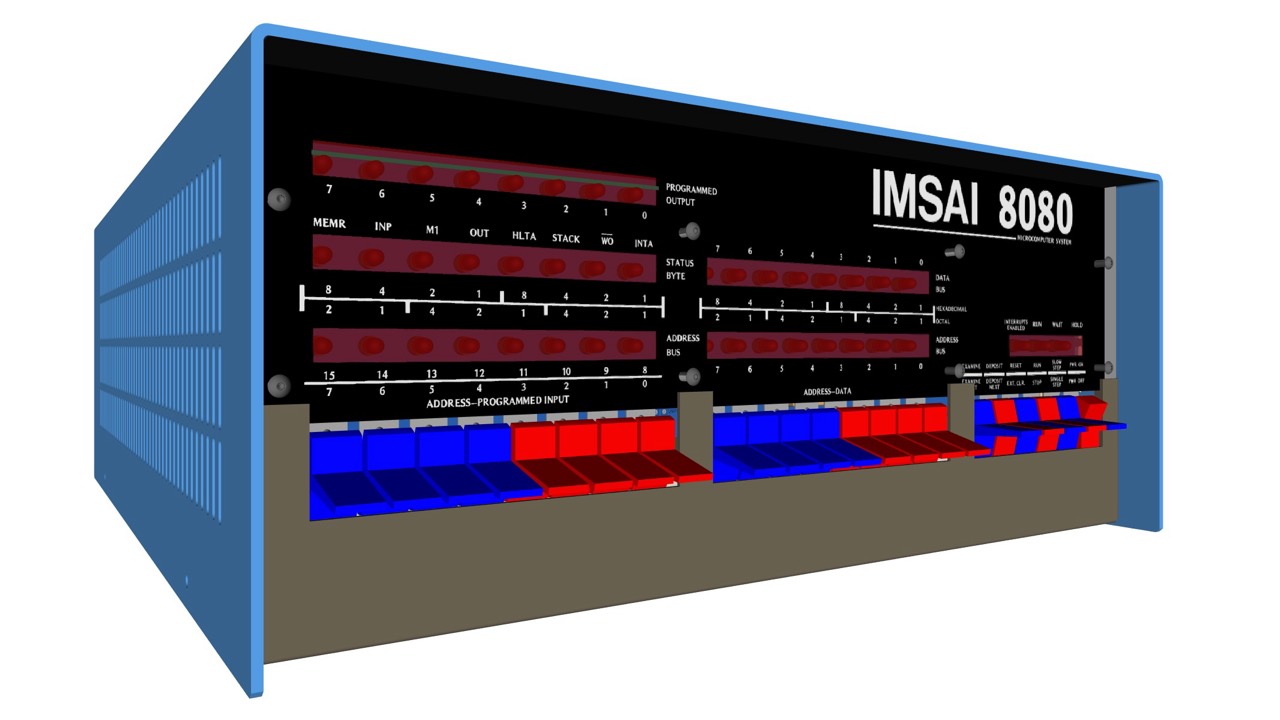
External Links
- Wikipedia (EN) - IMSAI 8080 (also edited by me)
- Wikipedia (DE) - IMSAI 8080 (also edited by me)
- S-100 Computers: A web site for S-100 bus computer owners - IMSAI
- Parastream - IMSAI 8080
References
- (↑) Fire in the Valley: The Making of The Personal Computer, Osborne/McGraw-Hill, 1984
- (↑) John Monahan, http://www.s100computers.com/Hardware%20Folder/IMSAI/History/History.htm
- (↑) eBay sales pictures
- (↑) https://web.archive.org/web/20181009223026/http://imsai.net/history/imsai_history/imsai_pre_history.htm
- (↑) https://web.archive.org/web/20181018110222/http://www.imsai.net/history/ffc_hist/ffc_images.htm
- (↑) https://www.linkedin.com/in/joe-killian-7a8b864/details/experience/
- (↑) Stan Veit, http://www.pc-history.org/imsai.htm
- (↑) Robert Weatherford, https://www.parastream.com/support/parastream-imsai-devsystem.aspx#IMSAI_Story
- (↑) https://www.parastream.com/support/imsai.aspx
- (↑) Thomas Fischer, https://web.archive.org/web/20180713142441/http://www.imsai.net/history/imsai_history/imsai_pre_history.htm
- (↑) Byte, Issue 00-05, Jan 1976, page 40
- (↑) https://tsdr.uspto.gov/#caseNumber=78202645&caseType=SERIAL_NO&searchType=statusSearch
- (↑) Doug Earp, Thomas Fischer, https://web.archive.org/web/20150519012621/http://www.imsai.net/history/imsai_history/doug_earp.htm
- (↑) Allied Electronics Engineering Manual & Purchasing Guide No. 770, 1977 (dated July 1976)
- (↑) Jonathan Littman, Once upon a time in ComputerLand, 1987, page(s) 34, 41, 42
- (↑) Ross Milbourne, https://imsaicomputers.blogspot.com/2020/01/imsai-8080-restoration-for-centre-for.html
- (↑) https://forum.classic-computing.de/forum/index.php?thread/22632-mein-imsai-8080/&postID=272763#post272763
- (↑) https://en.wikipedia.org/wiki/ComputerLand
- (↑) Popular Electronics, Oct 1975, page 110
- (↑) International Directory of Company Histories, Vol. 13. St. James Press, 1996
- (↑) My personal email correspondence with Joe Killian, Fri, 2 Jun 2023 01:30:22 +0200 (CEST)
- (↑) CHM Interview with Joe Killian https://www.computerhistory.org/collections/catalog/102658016
- (↑) https://www.computerhistory.org/brochures/g-i/ims-associates-inc-imsai/
- (↑) https://trademarks.justia.com/search?q=IMSAI
- (↑) My personal email correspondence with Joe Killian, Fri, 2 Jun 2023 19:05:16 +0200 (CEST)
- (↑) Welcome to 50th Anniversary Face Book of the Harvey Mudd Class of 1968: https://www.alumni.hmc.edu/s/1488/images/editor_documents/events/memory_book_1968_6.21.18_.pdf
- (↑) Jonathan Littman, Once upon a time in ComputerLand, 1990, page 80
- (↑) Thomas Fischer, https://web.archive.org/web/20180704081520/https://www.imsai.net/movies/wargames.htm
- (↑) Thomas Fischer, https://web.archive.org/web/20180709082914/http://www.imsai.net/support/first_imsai.htm
- (↑) Thomas Fischer, https://web.archive.org/web/20100625011324/http://imsai.net/support/imsai_systems.htm
- (↑) Golden State Auctioneers, Inc., 10/1979
- (↑) The Complete Microcomputer System, Jan 1976
- (↑) Stan Veits, History of the Personal Computer, WorldComm Press, 1993
- (↑) Jonathan Littman, Once upon a time in ComputerLand, 1987, page(s) 28
- (↑) Popular Electronics, Apr 1975, page 90
- (↑) Infoworld, 5 Apr 1982, page 16
- (↑) Jonathan Littman, Once upon a time in ComputerLand, 1987, page 130 / photo by Judith Calson
- (↑) My personal email correspondence with Joe Killian, Sat, 30 Dec 2023 21:21:21 +0100 (CET)
- (↑) Thomas Fischer, https://web.archive.org/web/20110615042515/http://www.imsai.net/products/imsai_series_two_project.htm
- (↑) Tori Floyd: WarGames’ computer used by Matthew Broderick going up for auction, June 26, 2013
- (↑) https://www.originalprop.com/blog/dylsoagh/2010/04/WarGames-IMSAI-8080-ATT-Text-Speech-Commercial-08-wm.jpg
- (↑) https://web.archive.org/web/20051026104731/http://archive.redding.com/story.asp?StoryID=%7BE97E00DA-4715-4586-8E49-DA270858F770%7D
- (↑) https://web.archive.org/web/20031220224005/http://www.imsai.net/history/ffc_hist/ffc_images.htm
- (↑) Jonathan Littman, Once upon a time in ComputerLand, 1987, p.49
- (↑) https://money.cnn.com/magazines/fortune/fortune_archive/1985/04/15/65788/index.htm
- (↑) Jonathan Littman, Once upon a time in ComputerLand, 1987, p.56
- (↑) Parastream, https://www.parastream.com/imsai/
- (↑) My personal email correspondence with Joe Killian, Tue, 16 Apr 2024 08:10:25 +0200 (CEST)
- (↑) Wikipedia, https://en.wikipedia.org/wiki/Cromemco
- (↑) Ed Roberts, Ramblings from Ed Roberts, Computer Notes, April 1976, page 3
- (↑) Stan Veit, Stan Veit's History of the Personal Computer, WorldComm Press, 1993, ISBN 1-56664-023-7
My Series About the IMSAI 8080
--> Go to Part 0: Information
--> Go to Part 1 : Restoration (1) - Restoration (2) - Restoration (3)
--> Go to Part 2 : History
--> Go to Part 3 : Front Panel
--> Go to Part 4 : Emulator
--> Go to Part 5 : PSU
--> Go to Part 6 : The High Nibble
--> Go to Part 6 : RAM (of my North Star series)
--> Go to Part 7 : S-100 (of my North Star series)
--> Go to Part 8 : Capacitors (of my North Star series)